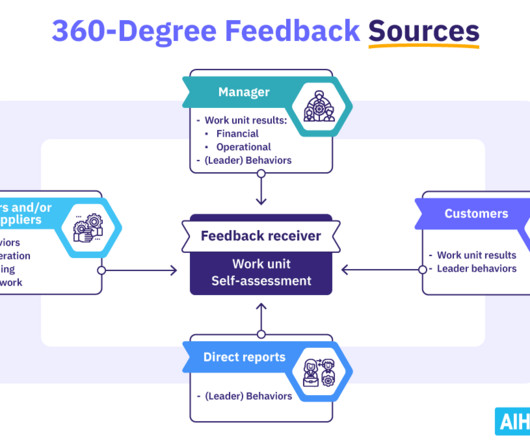Talent Symposium
Workforce Opportunity Services
OCTOBER 29, 2024
Recognition of his work includes the Eugene Sullivan Award for Leadership given by the Adult Higher Education Alliance (2009), the SUNY Chancellor’s award for Excellence in Teaching (2001) and for Professional Services (1991), and the Empire State College Foundation Award in Mentoring (2000).
























Let's personalize your content